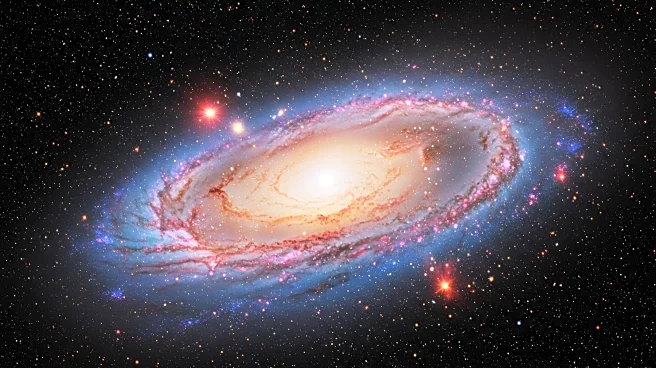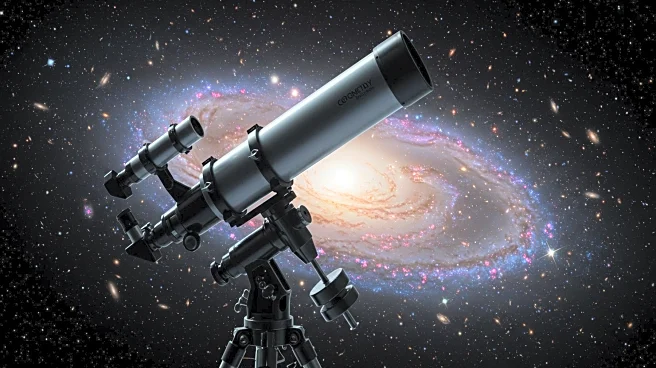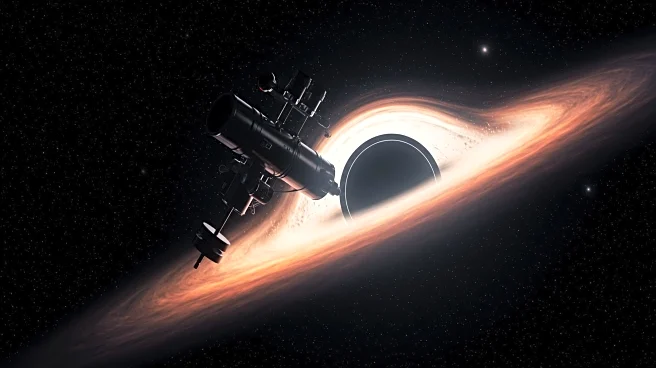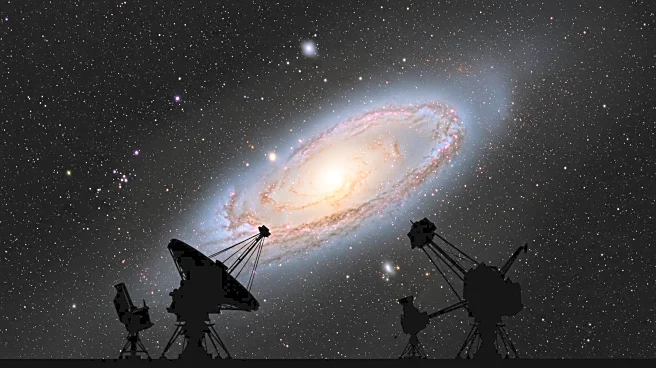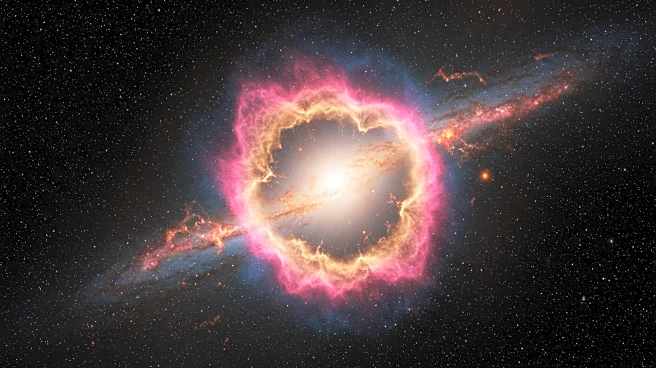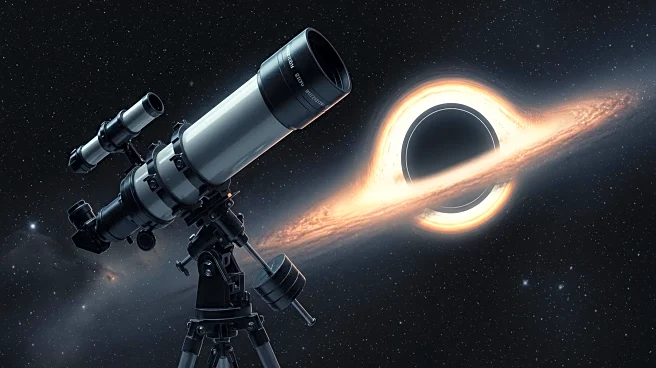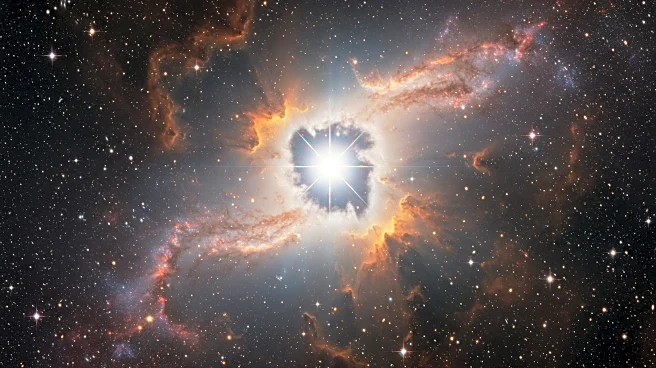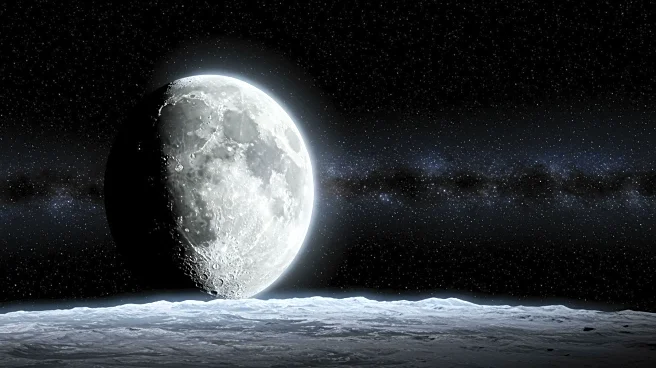Rapid Read • 6 min read
Researchers have potentially solved one of the universe's oldest mysteries by recreating the first molecules formed after the Big Bang. The study suggests that the rate of molecular reactions did not slow as the universe cooled, challenging existing theories about early star formation. By recreating helium hydride ions and molecular hydrogen in controlled environments, researchers found that reactions remained constant regardless of temperature changes. This discovery could alter the understanding of star and planet formation and the universe's expansion since the Big Bang.
AD
The findings have significant implications for astrophysics and cosmology, potentially reshaping theories about the early universe's formation. Understanding molecular reactions at low temperatures could provide insights into the conditions that led to star and planet formation. This research may influence future studies on the universe's expansion and the development of celestial bodies. The ability to recreate early universe conditions in a laboratory setting opens new avenues for exploring cosmic phenomena and refining models of the universe's evolution.
Further research is needed to confirm the findings and explore their implications for existing cosmological models. Scientists may conduct additional experiments to test the consistency of molecular reactions under varying conditions. The study's results could lead to revisions in theories about the universe's early development and the processes that drive star formation. As researchers delve deeper into the data, they may uncover new information about the universe's expansion and the formation of new stars and planets.
AD
More Stories You Might Enjoy


